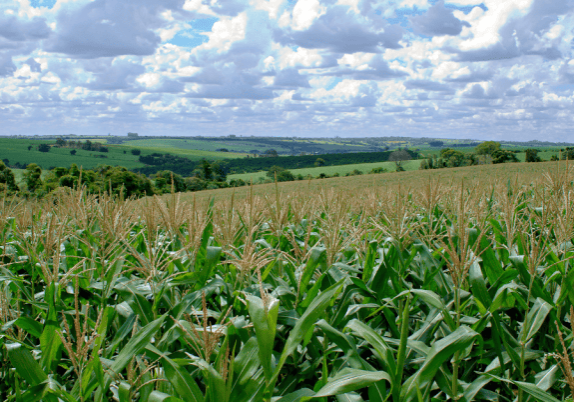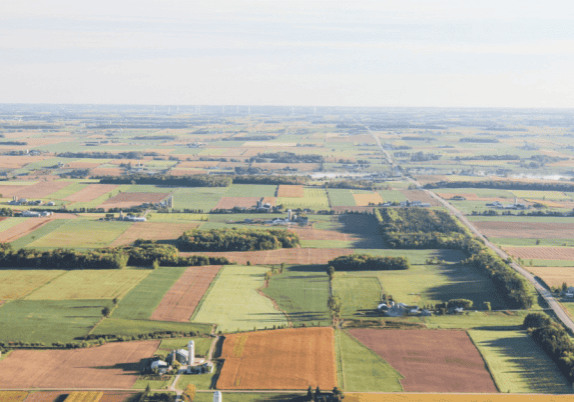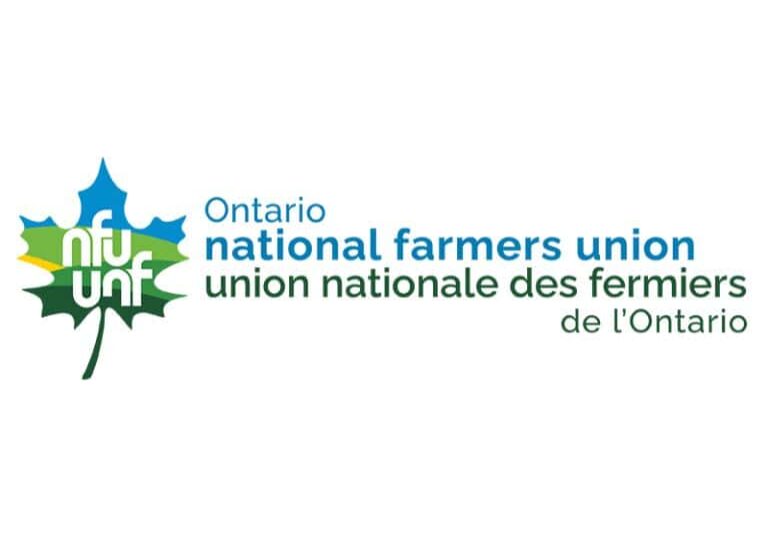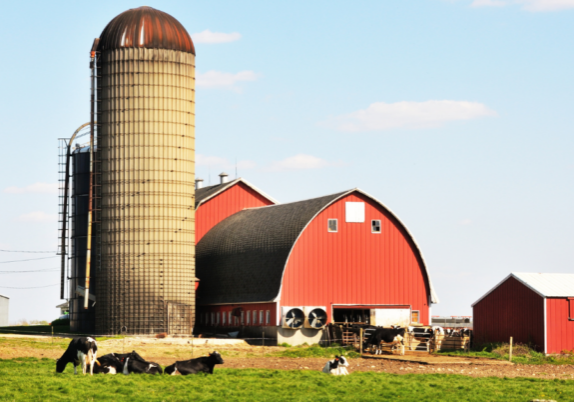Joint Letter Response to The Proposed Community Infrastructure and Housing Accelerator Tool and Resulting Risk to Farmland, Drinking Water, and Natural Areas

Dear Minister Clark,
RE: ERO 019-5285 and 019-5284 – The Proposed Community Infrastructure and Housing Accelerator Tool & Resulting Risk to Farmland, Drinking Water and Natural Areas
We are writing to express our deep concern about the Community Infrastructure and Housing Accelerator tool for use in municipalities with well-established land use planning systems. In particular, we are concerned about the impact that this tool will have in slating prime farmland and vital greenspace for development.
This new tool does not require the usual process of public consultation and official planning review and offers the possibility to circumvent the requirements of provincial plans, the Provincial Policy Statement and municipal official plans. We understand that regrettably, this tool has already been introduced through amendments to the Planning Act with the passage of Bill 109 on April 14, 2022. Nevertheless, we urge you not to proceed with its use.
We participate in public consultation processes in good faith, trusting that our perspectives will be duly considered by the government. Yet Bill 109, the More Homes for Everyone Act (2022), was passed two weeks before the public consultation on the proposed changes (ERO #019-5285) had even ended. Moving ahead with the legislation in this way undermines the right of the public to be consulted on environmental matters, as guaranteed under the Environmental Bill of Rights (1993).
If the government chooses to move ahead with the use of the Community Infrastructure and Housing Accelerator tool, we request that the proposed new guidelines clearly outline strong protections for farmland and natural areas outside the Greenbelt.
Recommendations for Increased Protection of Farmland and Natural Areas
We support the current guideline that the Community Infrastructure and Housing Accelerator tool will not be used within the Greenbelt boundary. We recommend that the guidelines include stronger protections for farmland and natural areas outside the Greenbelt. In particular we recommend that:
– The guidelines indicate that a Community Infrastructure and Housing Accelerator order may not be made on specialty crop land, prime agricultural land, lands zoned agricultural or rural that are currently in use for agricultural purposes, provincially significant wetlands, sensitive headwater areas, provincially significant woodlands, endangered species habitat or other defined sensitive natural areas.
– Minimum density targets be required for developments issued through this type of order.
Undermining Existing Land Use Planning
This new proposed Community Infrastructure and Housing Accelerator tool clearly builds from the current practice of issuing Minister’s Zoning Orders (MZOs). Like the ongoing use of MZOs, Community Infrastructure and Housing Accelerator orders propose an alternate approval process with the power to circumvent many land use planning requirements.
MZOs were originally introduced to allow the Minister of Municipal Affairs and Housing to make planning decisions over land that had no official plan or to advance a provincial interest (e.g., preservation of farmland, protection of natural heritage). They were not intended to compete with or contradict existing land use planning.
However, MZOs have become a tool used by this government to accelerate often controversial residential and industrial developments in areas where there is complete and comprehensive municipal land use planning in place (e.g., Perth South, Whitchurch-Stouffville, Richmond Hill, Vaughan, Pickering, East Gwillimbury, Caledon). In bypassing municipal planning processes that allow for public and agency consultation, this government is denying residents in these and other municipalities their right to participate in important decisions affecting their communities. This government is also undermining the existing land use planning process put in place to protect the provincial and public interest, including protection of farmland and natural areas.
Value of Farmland
Ontario’s farmland is the foundation of the agri-food sector which, according to OMAFRA, supported more than 720,000 Ontario jobs along the supply chain and contributed over $46.3 billion to the province’s GDP in 2020. In light of concerns about food security, we recognize, now more than ever, the importance of this productive farmland to our ongoing health and prosperity. It is a finite and shrinking resource which must be protected through informed land use planning.
Community Infrastructure and Housing Accelerator orders that take prime farmland out of production will lead to land speculation, increased prices of farmland, and loss of agriculture-related businesses, making farming less attractive and eroding agriculture in the area. They also circumvent policy requirements for Minimum Distance Separation and Agricultural Impact Assessments, intended to ensure that the potential impact of development on farm operations is evaluated and properly addressed. Finally, community infrastructure and housing accelerator orders put surrounding farmland at risk from future development as municipalities may seek to maximize the value of any newly installed municipal infrastructure.
Safeguarding Water Quality and Reducing Flood Risk
The government has a duty to ensure that its decisions do not impair the quality of drinking water or the health of our watersheds. Community Infrastructure and Housing Accelerator orders that remove greenspace and farmland jeopardize both. As natural areas and farmland are paved over, high water flows and streambank erosion increase, carrying sediments and contaminants, including chloride from road salt, directly into river systems.
Wetlands in particular play a vital role in preventing erosion and filtering excess nutrients, chemicals and other waste from run-off. In addition to safeguarding water quality, they also lower the risk of flooding. As noted in the 2019 report of Ontario’s Special Advisor on Flooding, a study commissioned by the Ministry of Natural Resources and Forestry found that “maintaining wetlands can reduce flood damages and costs by 29% in rural areas and by 38% in urban areas.”1 Similarly, a 2018 report released by the Insurance Bureau of Canada promoted wetlands and other natural infrastructure as “a cost-effective way to mitigate material financial losses that would otherwise result from flooding.”2
Density within Existing Settlement Boundaries
Increasing density within existing settlement areas boundaries will reduce risk to farmland and natural areas. The Guidelines should set density targets for any development approved through this tool.
The recent report from the Housing Affordability Task Force strongly recommends finding new building opportunities within already existing urban boundaries as a way to protect natural areas and farmland. “Most of the solution must come from densification. Greenbelts and other environmentally sensitive areas must be protected, and farms provide food and food security. Relying too heavily on undeveloped land would whittle away too much of the already small share of land devoted to agriculture.”3 The Task Force also provided a clear rationale for densification, going on to say that “gentle density also makes better use of roads, water and wastewater systems, transit and other public services that are already in place and have capacity, instead of having to be built in new areas.”
Concluding Remarks
It is critical that the government do its utmost to protect our farmland and natural areas. These lands and waters provide safe healthy food, economic growth opportunities, vital recreational space, and environmental goods and services such as flood and erosion mitigation, carbon sequestration, water purification, improved air quality, biodiversity conservation, pollination services, nutrient cycling and more. A 2009 study commissioned by the Ministry of Natural Resources valued the benefits provided at over $84 billion per year in southern Ontario alone.4
Community Infrastructure and Housing Accelerator orders pose a direct and immediate threat to these benefits. For this reason, we ask for clear Accelerator tool guidelines for the protection of farmland and natural areas. In particular, we recommend that the guidelines indicate that a Community Infrastructure and Housing Accelerator order may not be made on specialty crop land, prime agricultural land, lands zoned agricultural or rural and currently in use for agricultural purposes, provincially significant wetlands, sensitive headwater areas, provincially significant woodlands, endangered species habitat or other defined sensitive natural areas, and that minimum density targets should be required for developments issued through this type of order.
We would appreciate an opportunity to discuss our concerns with you at your earliest convenience.
Yours sincerely,
Caroline Schultz
Executive Director, Ontario Nature
Max Hansgen
President, National Farmers Union – Ontario
Ed Scharringa
President, Christian Farmers Federation of Ontario
1 McNeil, D. (2019). An Independent Review of the 2019 Flood Events in Ontario, p. 113. 2 Moudrak, N., Feltmate, B., Venema, H., Osman, H. (2018). Combating Canada’s Rising Flood Costs: Natural Infrastructure Is an Underutilized Option. Prepared for Insurance Bureau of Canada. Intact Centre on Climate Adaptation, University of Waterloo, p. 4. 3 Housing Affordability Task Force. (2022). Report of the Ontario Housing Affordability Task Force, p. 10. 4 Troy, A., & Bagstad, K. (2009). Estimation of Ecosystem Service Values for Southern Ontario. Prepared for the Ontario Ministry of Natural Resources. Spatial Informatics Group, p. 18.
1 McNeil, D. (2019). An Independent Review of the 2019 Flood Events in Ontario, p. 113. 2 Moudrak, N., Feltmate, B., Venema, H., Osman, H. (2018). Combating Canada’s Rising Flood Costs: Natural Infrastructure Is an Underutilized Option. Prepared for Insurance Bureau of Canada. Intact Centre on Climate Adaptation, University of Waterloo, p. 4. 3 Housing Affordability Task Force. (2022). Report of the Ontario Housing Affordability Task Force, p. 10. 4 Troy, A., & Bagstad, K. (2009). Estimation of Ecosystem Service Values for Southern Ontario. Prepared for the Ontario Ministry of Natural Resources. Spatial Informatics Group, p. 18.








